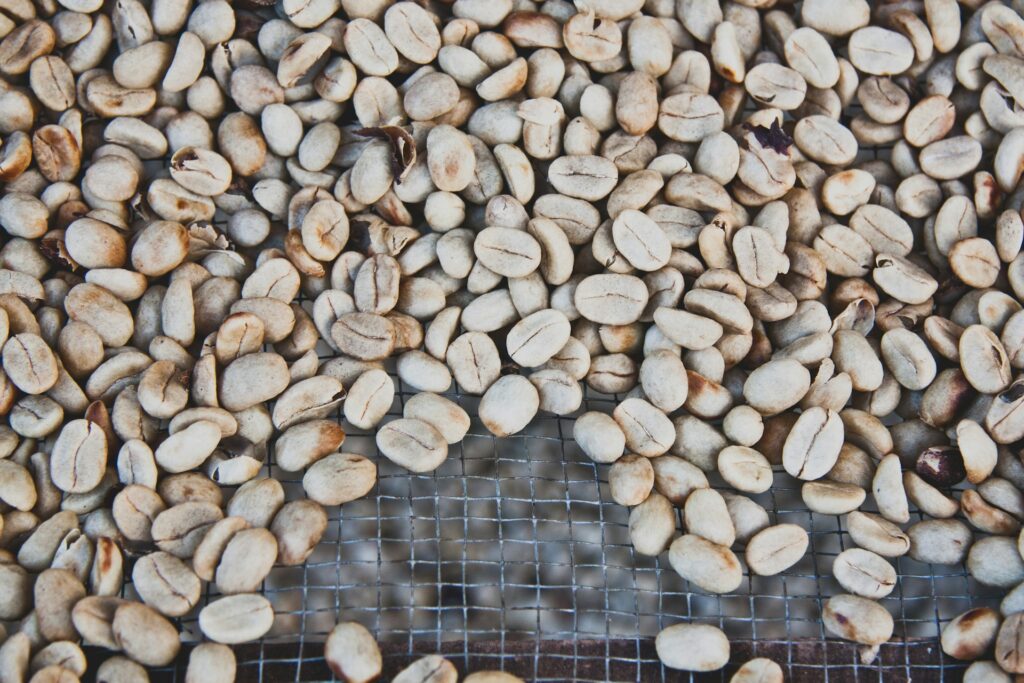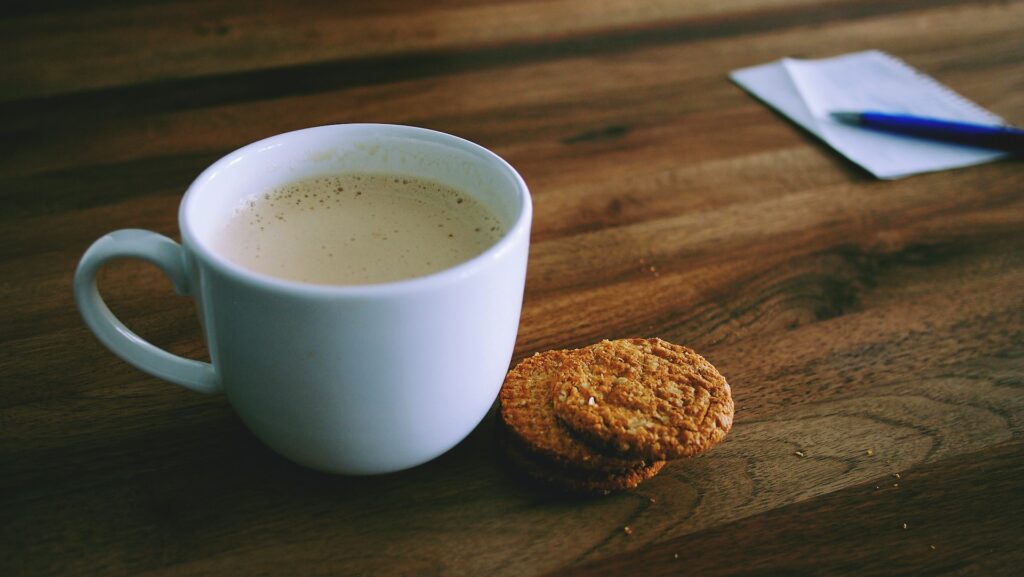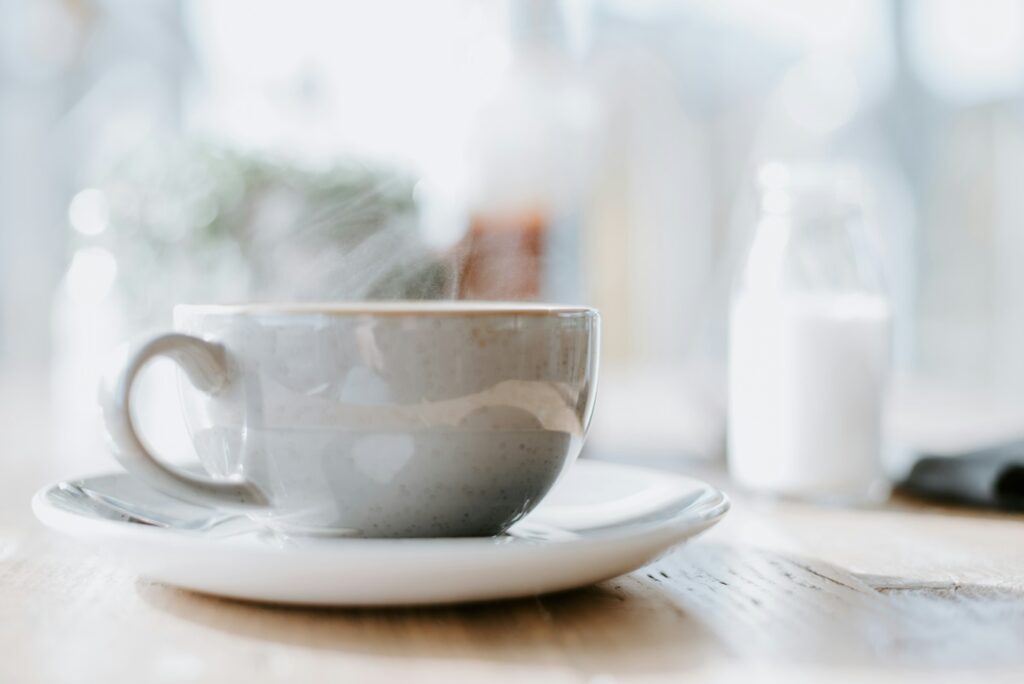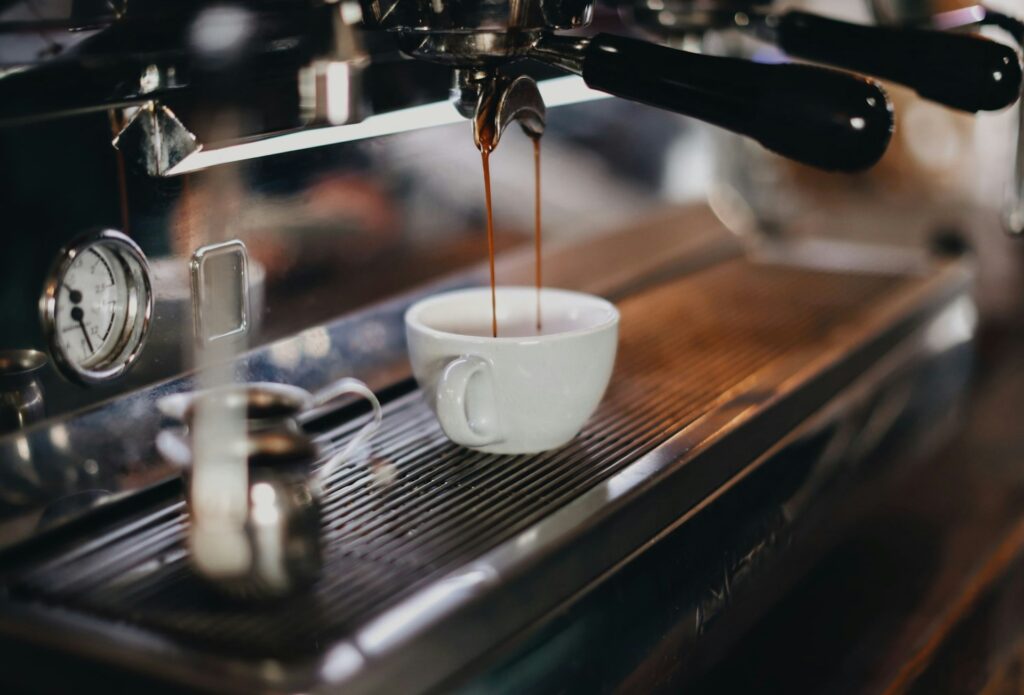Coffee is a staple in many homes but we can’t deny that darker roasts are typically brewed by coffee lovers. Most people know of white coffee but do not really know what it is.
When you hear white coffee, what’s the first thing that pops into your mind? Coffee with milk, maybe? I’ve always thought of white coffee as regular coffee with milk in it but I’ve since learned that that is not the case.
White coffee is not your usual black coffee and put some milk in it.
In this article, I will talk about what white coffee is and explain how it is roasted, its flavor profile and any benefits drinking white coffee may have. I’ll also talk about which brewing device you can use at home if ever you find yourself wanting to try white coffee.
In this article:
- What is White Coffee?
- White Coffee Roasting Process
- Taste and Texture of White Coffee
- Benefits of White Coffee
- Which Brewing Device to Use for White Coffee
What is White Coffee?

When you think of white coffee, you probably think of coffee that has a splash of milk on it, making it lighter in color. But, white coffee actually refers to coffee beans that are roasted at lower temperatures for shorter periods.
The shortened roasting time gives the coffee beans a pale yellow, almost light beige, color. Roasting coffee beans at a low temperature and for shorter periods gives them more of a nutty flavor compared to the toasty and bolder taste that dark roasts have.
So, white coffee is not the same as a latte, cappuccino, or even a flat white. You’ll find white coffee is a common beverage in Southeast Asian countries such as Malaysia and Singapore. White coffee is also common in West Asian countries such as Yemen, Jordan, and Lebanon.
White Coffee Roasting Process

As I talked about earlier, white coffee is roasted at lower temperatures for shorter periods compared to regular coffee beans. White coffee is also different from a light or blonde roast in which a light roast is roasted until the first crack while white coffee is pulled before the first crack happens.
White coffee is typically roasted at a temperature of about 325°F, sometimes even lower, while the traditional roasting process can have a temperature of anywhere between 356°F to 482°F. This will depend if you want a light or darker roast.
The longer the roasting period, the bolder and richer the coffee flavors will be. The color will be also much darker compared to white coffee.
White coffee beans are also typically harder to find. Most roasters and coffee shops in Western countries use darker roast beans for brewing coffee.
Taste and Texture of White Coffee

Since white coffee beans are pulled before the first crack, the beans will be harder and denser than typical dark roasted beans. If you do have white coffee beans, you might need to use a commercial coffee grinder.
Despite being harder coffee beans, white coffee beans have a smooth texture when ground right.
Flavor-wise, white coffee beans are nuttier, lighter taste, and will taste less bitter than darker-roast beans. The taste of white coffee can also depend on its origin and quality. Some green beans are stronger while other beans can have a milder and savory taste.
It can also have more of a tea-like taste which can be a good thing if you don’t really like the flavor of strong coffee. White coffee also tends to be more acidic as contains more caffeine compared to darker roasts.
Benefits of White Coffee

There is no scientific study (yet!) about the benefits of white coffee but we know that drinking coffee has its benefits. Coffee can lower your risk of heart disease, stroke, and type 2 diabetes, as well as help improve your overall health.
In general, coffee also has chlorogenic acid, an antioxidant, which helps regulate sugar and fat in your body. Since white coffee is roasted for shorter periods which results in higher caffeine, it also has higher chlorogenic acid.
White coffee has been also said to help reduce inflammation and weight loss. But, take this with a grain of salt since there are no scientific studies yet.
Drinking coffee, whether white or dark roast, should be done in moderation to avoid potential risks.
Which Brewing Device to Use for White Coffee

If you already have white coffee grounds, you can use whatever brewing device you have to brew white coffee. But, if you want to get the most flavors from white coffee, an espresso machine is your best option.
I know this can be an expensive machine but you can also use a Moka pot and AeroPress.
You can definitely drink white coffee as is. However, you can also add other flavorings like sweeteners, milk, flavored syrups, or even spices like cinnamon.
Related: The Best Espresso Makers You Can Use on Your Stovetop
Conclusion
Yes, white coffee is a thing and it is not just putting milk in black coffee. It is actually roasting green coffee beans at 325°F or lower for short periods and is pulled before the first crack.
White coffee is not yet that common in some parts of the world but it is slowly becoming known to coffee lovers. If you’ve been curious about what white coffee tastes like, maybe this is a sign to try white coffee and brew one for yourself!
